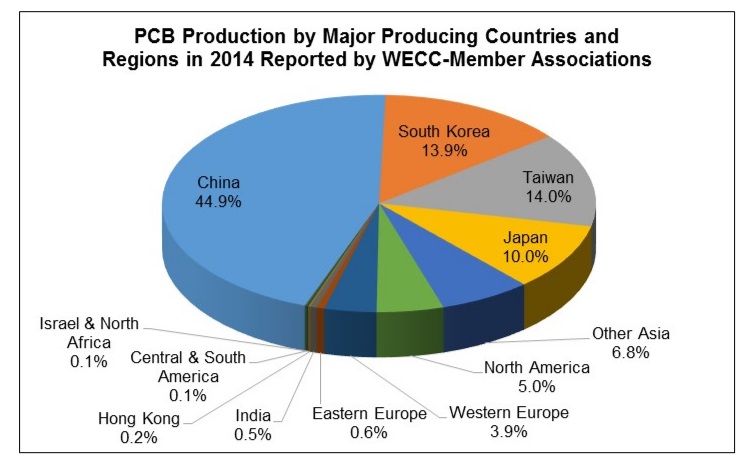Expansion of electronic trading. The use of electronic trading in bond markets has been growing, although from relatively low levels, with market participants seeking more price transparency and cheaper trade execution. Trading platforms (if not single dealer-based) tend to support market functioning by pooling liquidity from multiple dealers. – The purpose of this paper is to summarize the current thinking on intermediation and disintermediation, extract candidate drivers for this cycle, capture the expert opinions on what is driving the cycle and determine the quantitative and qualitative conclusions related to the electronics industry supply network integration and requirements for its success., – A series of one‐on‐one. Global Semiconductor & Electronic Parts Manufacturing industry trends (2015-2020) Global Semiconductor & Electronic Parts Manufacturing industry outlook (2020-2025) poll Average industry growth 2020-2025: x.x lock Purchase this report or a membership to unlock the average company profit margin for this industry. A digitally signed driver includes a digital signature, which is an electronic security mark that indicates the publisher of software and whether someone has tampered with it since it was signed. If a driver has been signed by a publisher that has verified its identity with a certification authority, you can be confident that the driver comes.
Abstract
Purpose
–The purpose of this paper is to summarize the current thinking on intermediation and disintermediation, extract candidate drivers for this cycle, capture the expert opinions on what is driving the cycle and determine the quantitative and qualitative conclusions related to the electronics industry supply network integration and requirements for its success.
Design/methodology/approach
–A series of one‐on‐one expert interviews were conducted to establish the validity of the initial list of drivers and to add to this list based upon their expert knowledge. A web‐based survey followed with the purpose of validating the final dimensions list and assessing the various alternative value propositions that intermediaries should be considering. Finally, a Delphi exercise concluded this research thrust by convening experts in the electronics supply network for a one‐day review of the results and a distillation of the results into expert forecasts of directions and trends.
Findings
–Any supply chain intermediary must achieve “Operational Excellence” in their chosen field of endeavor for them to remain competitive in the electronics industry. But this condition is a necessary but not sufficient predictor of business success. The intermediary service “Bundles” bring more value than individual cash flow, material flow, information flow or knowledge flow alone. And unbundling one flow from the others does not seem to provide a successful disintermediation platform.
Practical implications
–The paper provides electronics industry firms an assessment of the fundamental conclusions that must be addressed for this industry to better withstand another industry downturn than it did in the previous recessionary period (2001‐2002).
Originality/value
–This paper documents the first triangulated research project where knowledgeable experts within the electronics industry supply network were polled to determine the fundamental drivers for the intermediation/disintermediation cycle present in the electronics industry today.
Keywords

Citation
Shunk, D.L., Carter, J.R., Hovis, J. and Talwar, A. (2007), 'Electronics industry drivers of intermediation and disintermediation', International Journal of Physical Distribution & Logistics Management, Vol. 37 No. 3, pp. 248-261. https://doi.org/10.1108/09600030710742443
 Download as .RIS
Download as .RIS Publisher
Drivers Kyohritsu Electronic Industry Co. Ltd
:Emerald Group Publishing Limited
Drivers Kyohritsu Electronic Industry Companies
Copyright © 2007, Emerald Group Publishing Limited